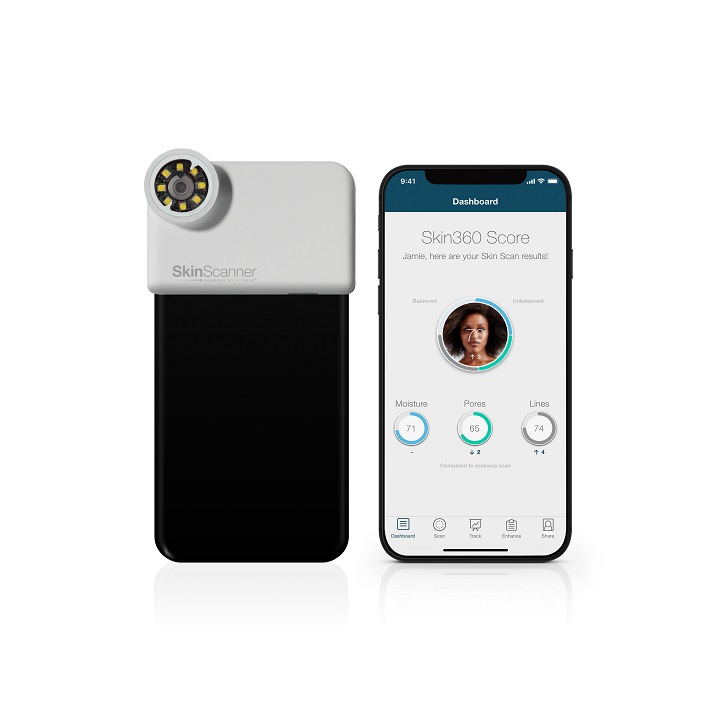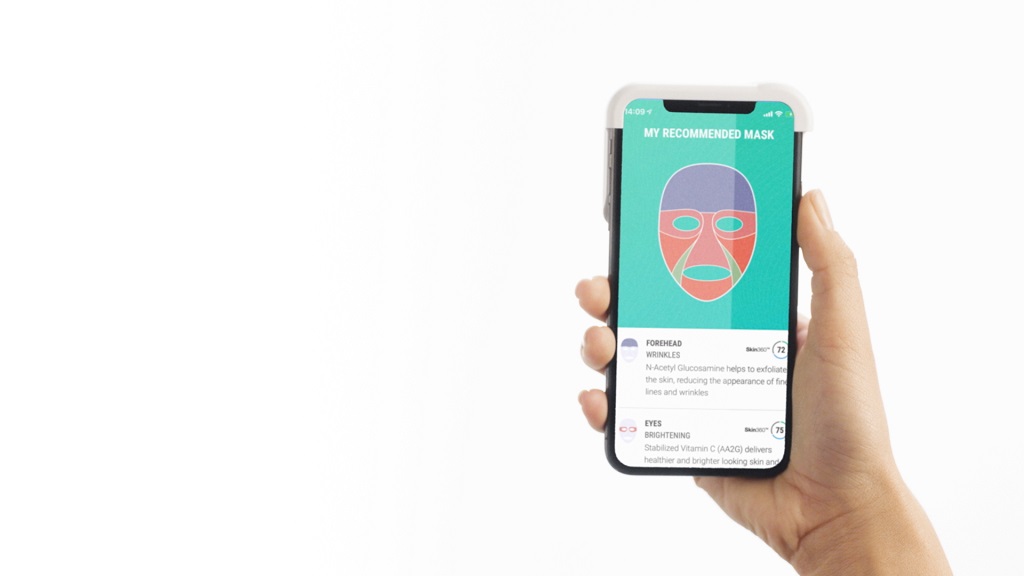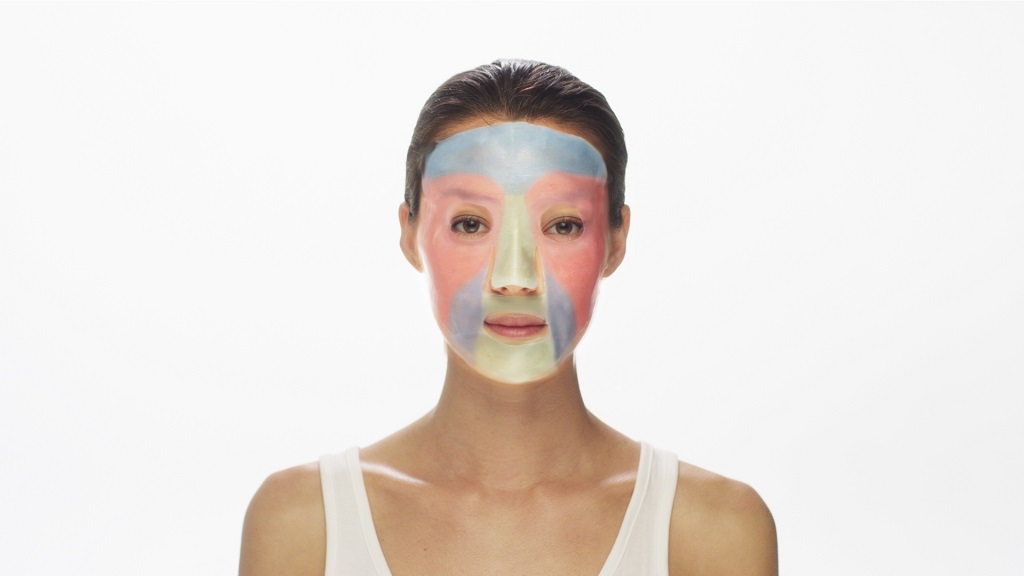![MaskiD [Image: Neutrogena]](https://fabbaloo.com/wp-content/uploads/2020/05/MaskinUse_1546467137423-HR_img_5eb09f715b8bb.jpg)
A new 3D printed face mask is ready to debut at CES.
The product, the Neutrogena MaskiD, is the latest high-tech beauty product from the leading skincare company. Neutrogena is a Johnson & Johnson company, making it part of a family that has a growing depth of investment into 3D printing through its various businesses. That Neutrogena would turn to the technology for personalized skincare is an interesting adoption, and builds on the company’s recent habit of introducing beauty tech at CES.
Last year, in the company’s second unveil at CES, Neutrogena introduced the Skin 360, which can also be part of the new MaskiD process. To create the personalized face mask, users will scan their faces via a smartphone app and can, if they have access, use the Skin 360 iPhone attachment for down-to-the-pore personalization. The magnifying device scans for deeper data on pores, fine lines, and moisture levels to provide recommendations for each face. A questionnaire can take the lead for recommendations for those without Skin 360 devices.


The MaskiD app personalizes each mask, from shape to recommended ingredients to the actual 3D printing. Details on this last are relatively scarce; the announcement says:
“Finally, using a proprietary 3D printing process, high-efficacy ingredients are printed onto the custom-fit hydrogel mask on the exact zones of the mask where they will deliver the greatest benefit for that individual.”
And
“The hydrogel mask, created from cellulose sourced from locust beans and red seaweed, is custom-3D-printed with a unique combination of five powerhouse ingredients from the Neutrogena library of clinically-tested skincare solutions.”
Each mask splits the face into six areas, so your 3D selfie from the app serves as a map for the appropriate zoning. Dry T-zone? Oily cheeks? Target each area appropriately with the right ingredients — which can also be adjusted as needed, as skin needs in the winter may differ from those in the warmer months. Each mask is single-use, like most any face mask available today, and Neutrogena says that pricing will be “consistent with the rest of the brand’s skincare portfolio,” keeping the new high-tech masks wallet-friendly.
![[Image: Neutrogena]](https://fabbaloo.com/wp-content/uploads/2020/05/3DPrintedMask_1546518660400-HR_img_5eb09f72a3962.jpg)
Availability is targeted for September, through Neutrogena’s website (and only for US customers as of the announcement).
“Neutrogena is already globally recognized for delivering topical skincare solutions at the nexus of science and technology. Neutrogena MaskiD marks one step towards a new model of product development where we find innovative uses for the latest technology, such as digital imaging, skin analysis, and 3D printing, to give consumers new ways to achieve their best skin ever,” said Dr. Michael Southall, Global R&D Lead at Johnson & Johnson Consumer Inc.
In a conversation with Allure, Dr. Southall expanded on his thoughts, noting the specific uses for 3D printing and the targeted ingredients:
“Using micro 3-D-printing, we can actually get your exact eye alignment, your nose, your mouth, how high [your] forehead is. The color coding is a way of illustrating what benefits they’re getting in each region, and every zone can be different. The key with 3-D printing is [that] we can put the active [ingredient] you want just where you need it, anywhere on the mask, as opposed to one product that you’re trying to use all over the face.”
![I’m ready for my skincare, but first let me take a selfie [Image: Neutrogena]](https://fabbaloo.com/wp-content/uploads/2020/05/3dmasid-bg_img_5eb09f730e4b4.jpg)
That the introduction is being made at CES is also interesting.
While the venue had previously been a bastion of announcements for 3D printing itself, with 3D printer manufacturers introducing new machines to appeal to consumers a few years ago, the show has been seeing the technology drop in terms of dedicated floor space. Last year it was so quiet for 3D printing that we decided not to attend in 2019.
But that isn’t to say there’s nothing to see in 3D printing this year. Just now it’s more about what’s being 3D printed than about the 3D printers themselves.
The consumer electronics show is typically dedicated to — that’s right — electronics geared toward consumer use. High-tech and consumer-oriented: just what 3D printing thought it would be half a decade ago. But that’s not the case; more and more desktop 3D printer manufacturers are reorienting their strategies to focus on educational and professional users.
And those professionals are 3D printing for consumers.
3D printing is coming more into consumer lives all the time. Shoes, insoles, glasses, hearing aids, razor handles: as 3D printing moves toward mass production, these items are coming into more homes. It’s the normalization of 3D printing, but through the 3D printed rather than the 3D printer.
Via Allure and PR Newswire











